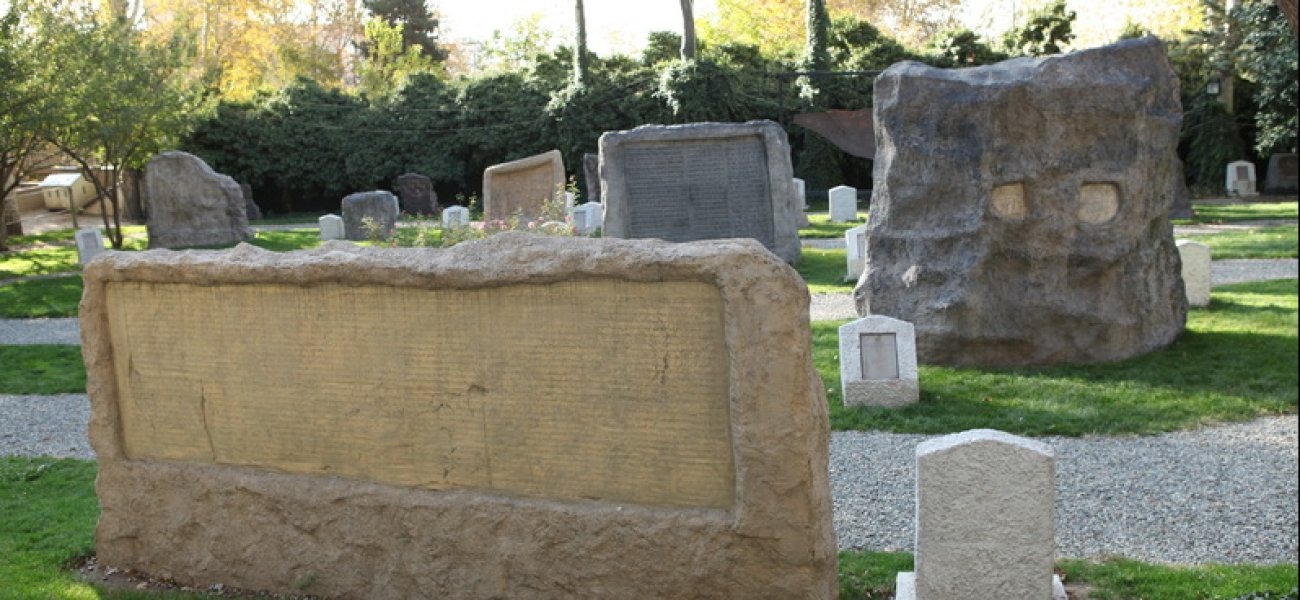Hour 14:41
05 Dec 25

The permanent exhibition of the inscriptions Garden Museum, located in the southeastern part of Niavaran Royal Palace-Museum, has been established in collaboration with the Research Institute of Linguistics, Inscriptions, and Written Heritage of the Iranian Cultural Heritage and Tourism Research Center.
Inscription Garden Museum
The permanent exhibition of the inscriptions Garden Museum, located in the southeastern part of Niavaran Royal Palace-Museum, has been established in collaboration with the Research Institute of Linguistics, Inscriptions, and Written Heritage of the Iranian Cultural Heritage and Tourism Research Center. This open-air museum offers a lasting display of ancient Iranian inscriptions and welcomes visitors interested in the rich history and culture of Iran.
The garden features 43 replicas of rock inscriptions, spanning various historical periods. These include the Median era with inscriptions in Urartian, Assyrian, and Aramaic scripts from the Ahar and Sarab regions; the Parthian and Sassanid periods with texts in Old Persian, Akkadian, Elamite, and Aramaic, extending into the late Sassanid era with inscriptions in Pahlavi cursive script. Among the notable reproductions are inscriptions of Shapur I and Ardashir I at Naqsh-e Rostam, Shapur I’s inscription at Naqsh-e Rajab, and the inscription of Kartir at Naqsh-e Rajab, among others.
The oldest inscriptions in the collection feature depictions of human figures engaged in activities such as hunting, ceremonial dances, and symbolic rituals, accompanied by elegant linear and surface script patterns. Some of these scripts date back over 2,300 years BCE, resembling those found on Elamite pottery. One of the most famous pieces is the Akkadian cuneiform inscription of Anubanini, a Lullubi king, dating to around 2000 BCE.
The museum also includes inscriptions from the Median period as well as several from the Urartian and Assyrian civilizations. The Achaemenid moulages, dating from 539 to 331 BCE, feature five languages: Aramaic, Old Persian, Akkadian, Elamite, and Egyptian hieroglyphics. Two prominent Achaemenid reproductions from the time of Darius and Xerxes are from Mount Alvand in Hamedan.
The exhibition is organized into three main historical periods:
The first period relates to the Medes, featuring inscriptions in the Urartian language from Ahar and Sarab.
The second period covers the Parthian and Sassanid eras, showcasing inscriptions in Old Persian and other cuneiform scripts.
And the third period includes Elamite, Aramaic, and late Sassanid inscriptions in Pahlavi cursive.
This outdoor museum, situated in the eastern section of Niavaran Cultural-Historic Complex, was inaugurated in May 2008. The goal of displaying these inscription replicas is to familiarize visitors with the deep and diverse cultural and historical heritage of Iran.